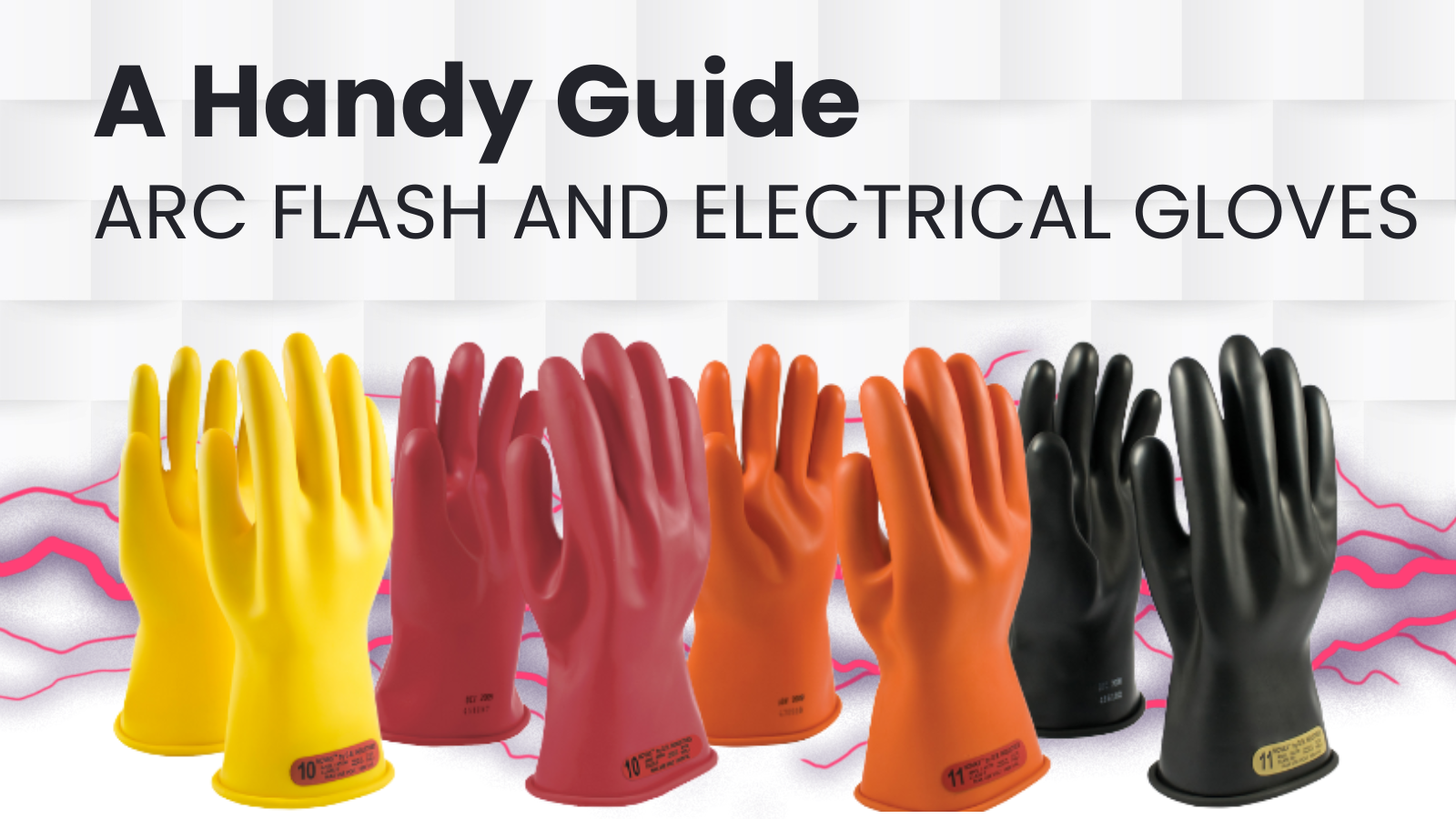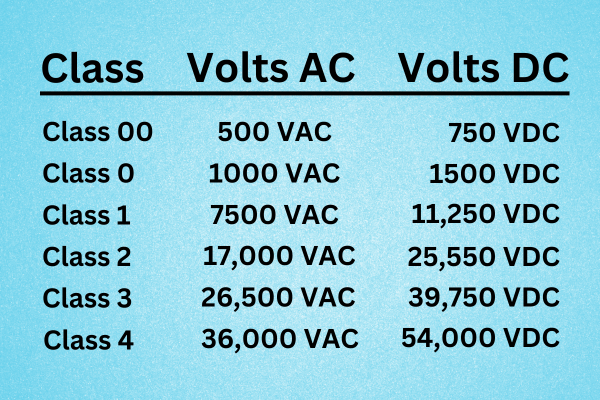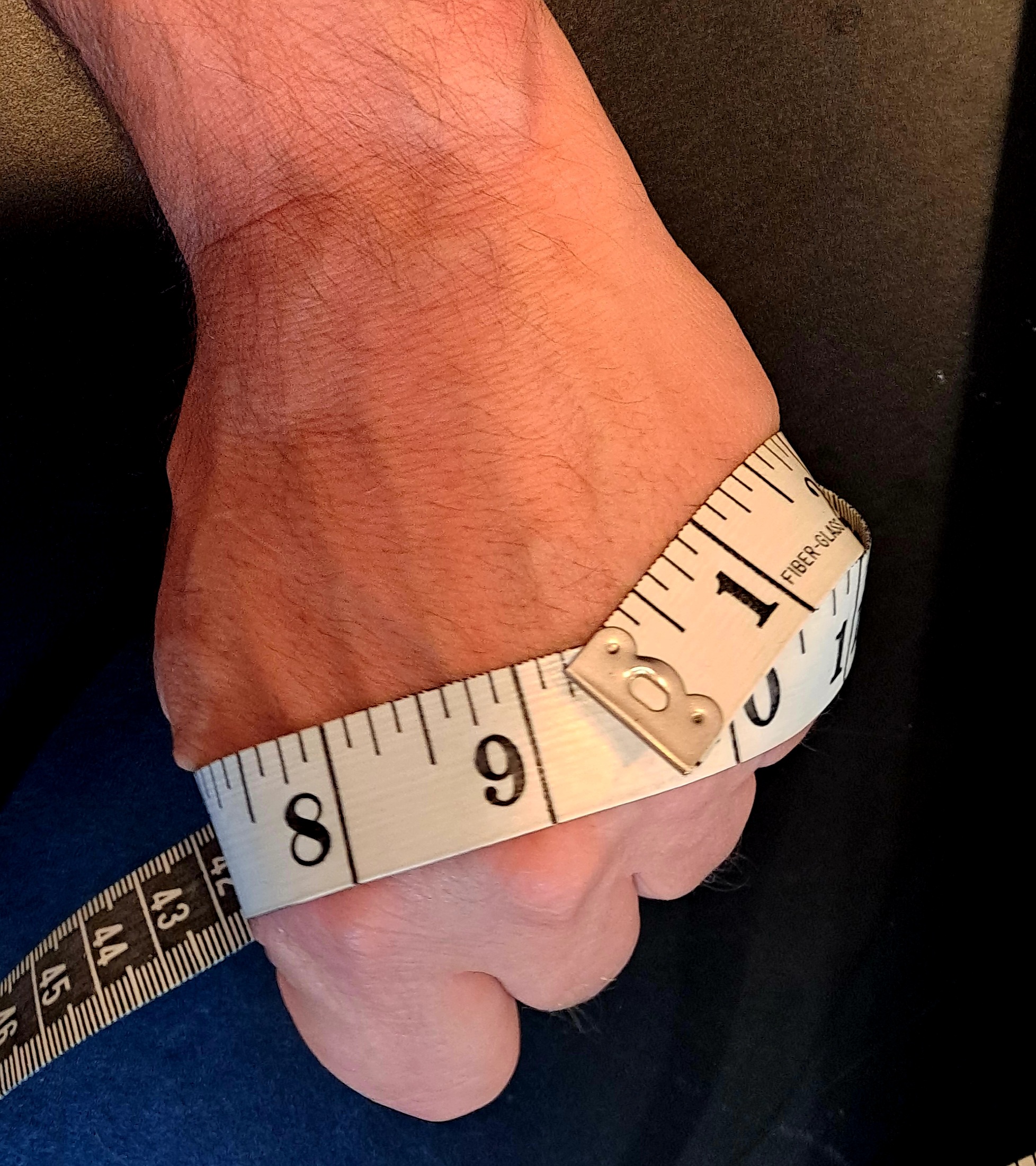
Thank you for stopping by! Our July blog post talks about Differences between Arc Flash and Flame Resistant Clothing to protect the body and head. This month we wanted to look at what you need in order to protect two very valuable assets; your hands.
Electrical workers face multiple hazards in the course of installing, repairing, and maintaining high voltage equipment, switches, and breakers and the circuits that power them. Two of the biggest hazards are electrocution and arc flash. In addition to protecting the body and head it is crucial to have the correct hand protection to avoid injury- or worse!
Our Insulated Rubber Electrical Gloves & Glove Kits are designed to protect you from both. The kits have an inner rubber insulating glove and an outer leather protector glove. The rubber glove is primarily intended to insulate from the electrical circuit to prevent accidental electrocution, and the leather glove protects the rubber glove from being punctured or torn, and it provides robust protection in the event there is an arc flash. When properly sized and donned, these gloves will adequately safeguard you whether you are working on an energized circuit, verifying that a circuit has been de-energized and locked out, or when restoring power after service has been performed.
For all electrical/arc flash gloves, the standard is set by the National Fire Protection Association (NFPA) and the test is performed using procedures and equipment described by the American Society for Testing Materials (ASTM). Per standard NFPA 70E (Standard for Electrical Safety in the Workplace), rubber insulating gloves must be tested and certified using ASTM test D120 (Standard Specification for Rubber Insulating Gloves). Leather protector gloves are also covered under NFPA 70E and the test for those is ASTM F696 (Standard Specification for Leather Protectors for Rubber Insulating Gloves and Mittens). This is a lot of technical jargon that basically says these gloves are tested and approved for working with high and potentially dangerous voltages. The gloves kits are available in specific classes that denote the maximum voltage they are certified to protect against:
 The glove kits are sized from 8 through 12, and determining the correct size is very simple. Measure the circumference of your hand at the knuckles in inches and round up to the next highest number. For example, if your measurement is greater than 9 inches- such as 9 ¼”- you would round up to size 10. The leather protector gloves are sized to fit over the rubber insulating gloves so the sizes of the gloves should match. You should never wear gloves that are too small as this puts extra stress on the rubber glove and could cause it to fail.
The glove kits are sized from 8 through 12, and determining the correct size is very simple. Measure the circumference of your hand at the knuckles in inches and round up to the next highest number. For example, if your measurement is greater than 9 inches- such as 9 ¼”- you would round up to size 10. The leather protector gloves are sized to fit over the rubber insulating gloves so the sizes of the gloves should match. You should never wear gloves that are too small as this puts extra stress on the rubber glove and could cause it to fail.
If you’re confused about the certification of your rubber insulating gloves, we’ll simplify it for you. Gloves are factory tested and this certification is valid for a year. The test date is stamped on the gloves and then the gloves are stamped with the date they are shipped, from which time they are considered certified for six months. The gloves can either be replaced if they show signs of wear, or be retested with a new six-month service certification, per NFPA 70E and ASTM D496 (Standard Specification for In-Service Care of Insulating Gloves and Sleeves).

Keeping track of your gloves is made easier when you use a color-coding system. Black is by far the most common color, but the gloves are available in other colors such as red, orange, and yellow. If you have crews of workers and you have them all on the same six-month cycle, simply changing the color of the insulating glove can tell you at a glance if a worker is wearing the correct, certified gloves.
What if you’re not working on the electrified circuit, but you may be near enough that you still want to be protected in the event of an arc flash? The good news is there are several options available that will offer not only arc flash protection, but also cut protection. The Boss Xtreme Drivers Gloves KS993KOA/KS993KOAB are goatskin driver gloves with an oil block treatment. They’re rated ANSI A4 for cut resistance and are arc flash rated to 43 cal/cm2. The stitching is Kevlar which adds strength and burn resistance, making them ideal for work in the energy sector where proximity to arc flash hazards require AR hand protection.
In addition to gloves, electrical workers may also wear protective Arc Flash Rubber Sleeves. These sleeves extend the insulating properties of their rubber gloves up the arms to just under the shoulder as an added safeguard against electrocution hazards. These sleeves are broken into the same classes as gloves and are available through CriticalTool in classes 0 through 3 (see chart above for voltage ratings).
In closing, make sure you are wearing the correct level of PPE whenever you are working on or near high voltages. Work on de-energized equipment whenever possible and ALWAYS VERIFY. Inspect your PPE each day before using it, and make sure that your PPE has current certifications. There are on average between 3 and 6 arc flash incidents EVERY DAY in the US. Don’t be a statistic! Our Critical Mission is to get you home in one piece every day. Take care and stay safe! Don't forget to follow us on Twitter!